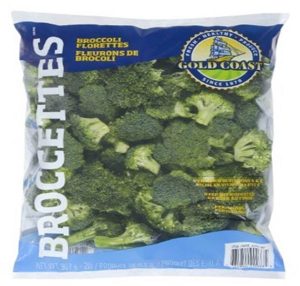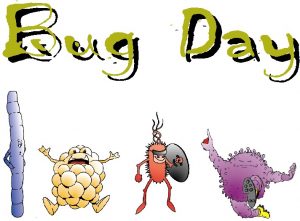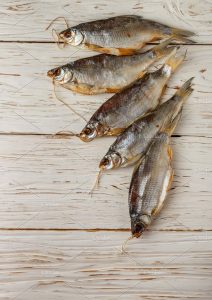Chapman is a shitty writer.
How he got a staff member named Katrina Levine, who can write, is beyond my grasp.
 But, I’m content to be amazed at the world, not think too much about it, and be grateful for the beauty in a rose or an MPH who can put a couple of sentences together.
But, I’m content to be amazed at the world, not think too much about it, and be grateful for the beauty in a rose or an MPH who can put a couple of sentences together.
Katrina (whom I’ve never met) writes:
I’ve never been one who likes attention, but I’ll admit that during the 15 minutes of fame that came with the publication of Evaluating Food Safety Messages in Popular Cookbooks in the British Food Journal, I got a little excited every time someone wanted to interview me. Terrified, but excited.
During the 2 week media buzz that followed the press release, I did approximately 6 interviews, one of which was for Consumer Reports. Unlike most of the interviews, which were focused on our row with Gwyneth Paltrow or how her cookbook could give you food poisoning, the nice journalist I spoke with wanted my professional opinion on how to choose and prepare seafood safely.
As I said before in an earlier barfblog post, the media attention from this paper gave us an opportunity to share what we know about safe food handling while people were listening. So when this journalist asked me to talk about seafood food safety, share I did – for about 45 minutes.
The messages I shared ranged from safe thawing methods, such as running raw seafood under cold running water, to determining doneness using a thermometer or opacity. Sari Hararr of Consumer Reports writes:
In a hurry? For safe seafood, thaw frozen fish and shellfish under cold running water in a sealed plastic bag, then cook it right afterward, says Katrina Levine, M.P.H., a registered dietitian and an extension associate in food safety and nutrition at North Carolina State University in Raleigh…
 For thicker fish such as a salmon steak, you can slip the thermometer into a side of the fillet, Levine says. But because it’s almost impossible to use a thermometer on shellfish or a delicate fillet of sole, the USDA notes that it’s also considered safe to cook fish until the flesh is opaque and separates or flakes easily with a fork. Cook crabs, lobster, and shrimp until the flesh is opaque and pearly; clams, mussels, and oysters until their shells open; and scallops until they are milky white or firm and opaque.
For thicker fish such as a salmon steak, you can slip the thermometer into a side of the fillet, Levine says. But because it’s almost impossible to use a thermometer on shellfish or a delicate fillet of sole, the USDA notes that it’s also considered safe to cook fish until the flesh is opaque and separates or flakes easily with a fork. Cook crabs, lobster, and shrimp until the flesh is opaque and pearly; clams, mussels, and oysters until their shells open; and scallops until they are milky white or firm and opaque.
Although seafood does not need to reach an internal temperature as high as some foods like ground beef – 145°F compared to 160°F for ground beef and 165°F for poultry – it’s not any less risky. Outbreaks of norovirus and Vibrio have been linked to raw or undercooked seafood.
We know that using a thermometer to check internal temperatures is the best practice for knowing when food is done. Yet, people are even less likely to use a thermometer on fish than on meat or poultry, and cookbook recipes are also less likely to include safe endpoint temperatures for fish. While raw or undercooked seafood may be trendy (sushi and raw oyster lovers – you know who you are), getting foodborne illness isn’t.










